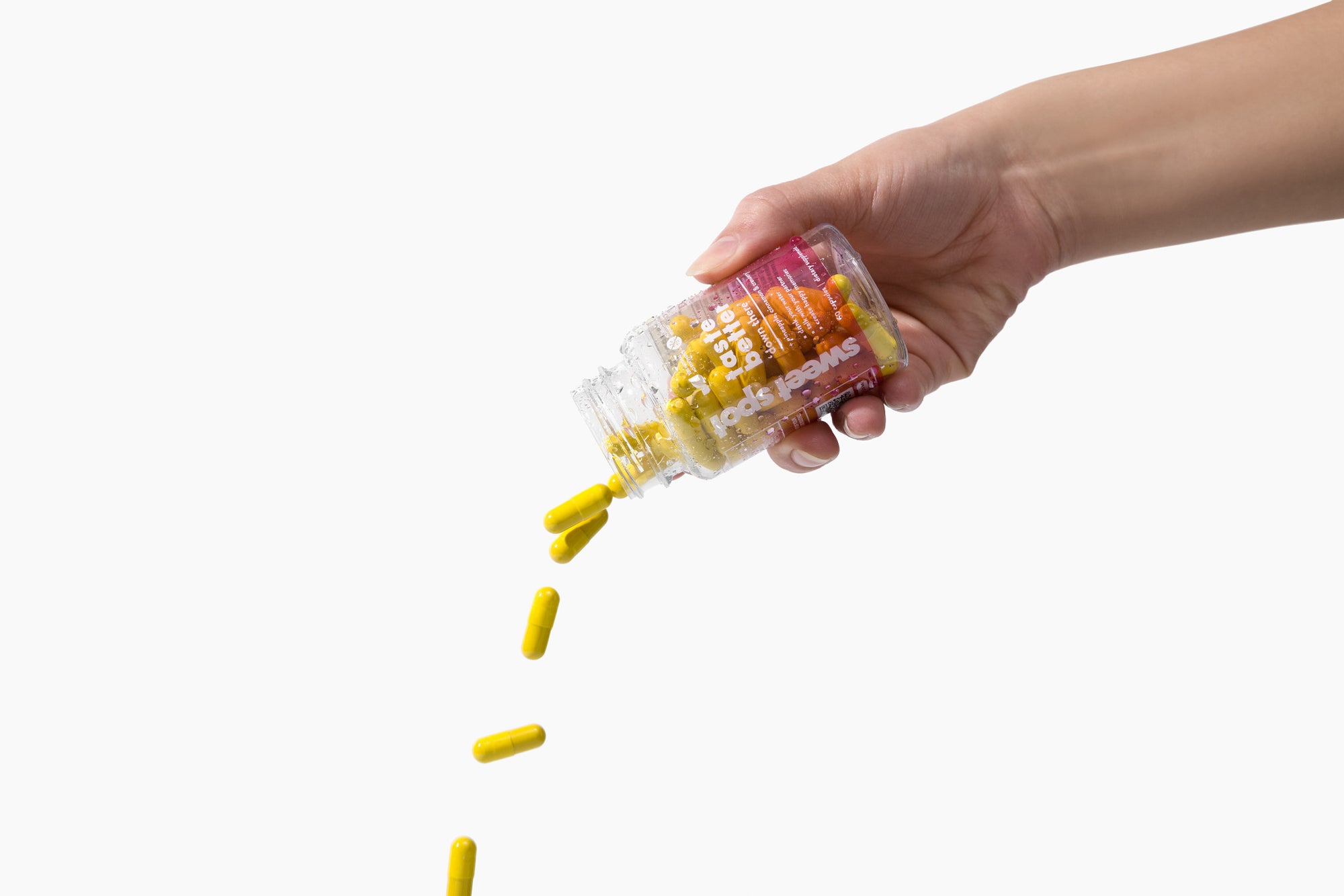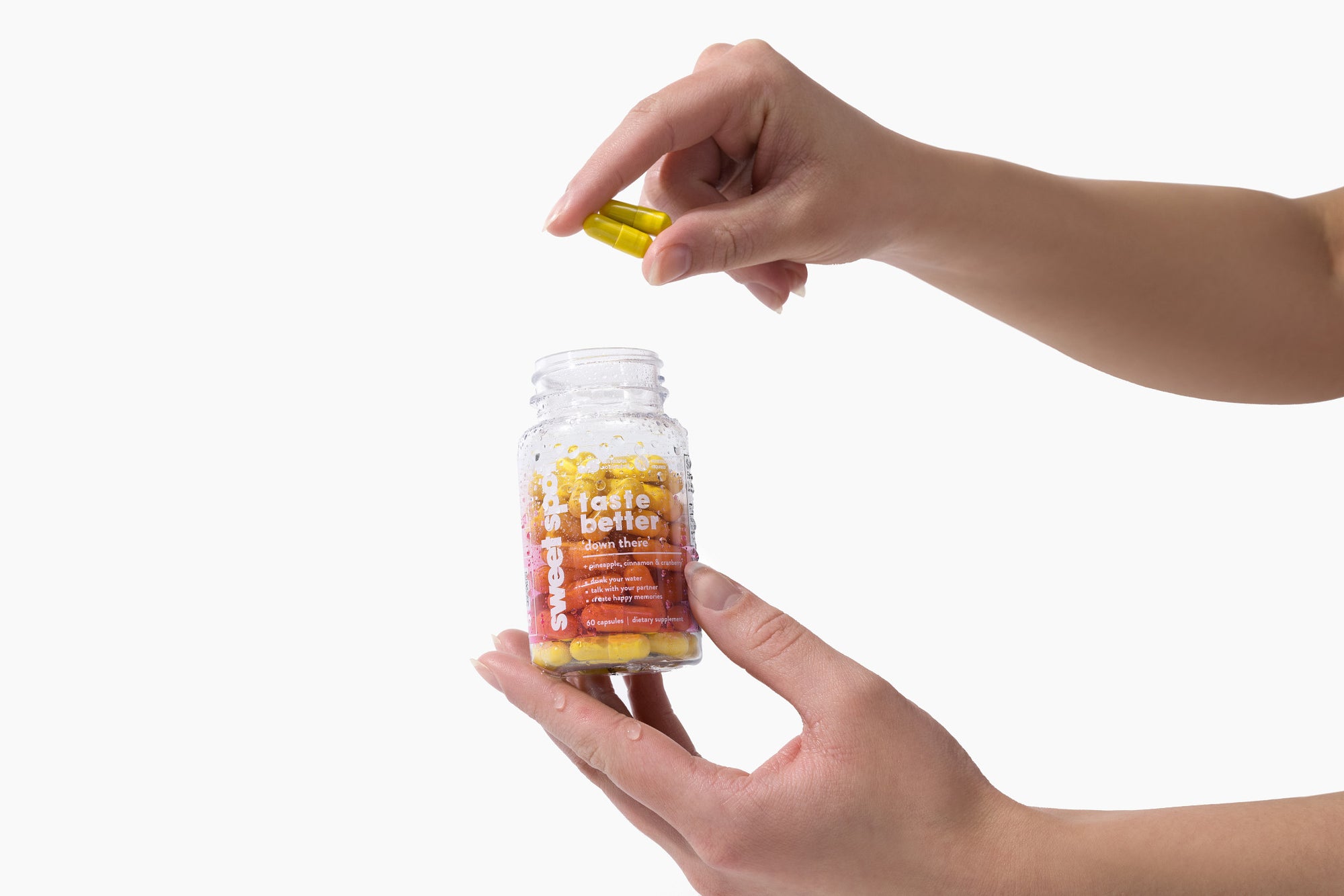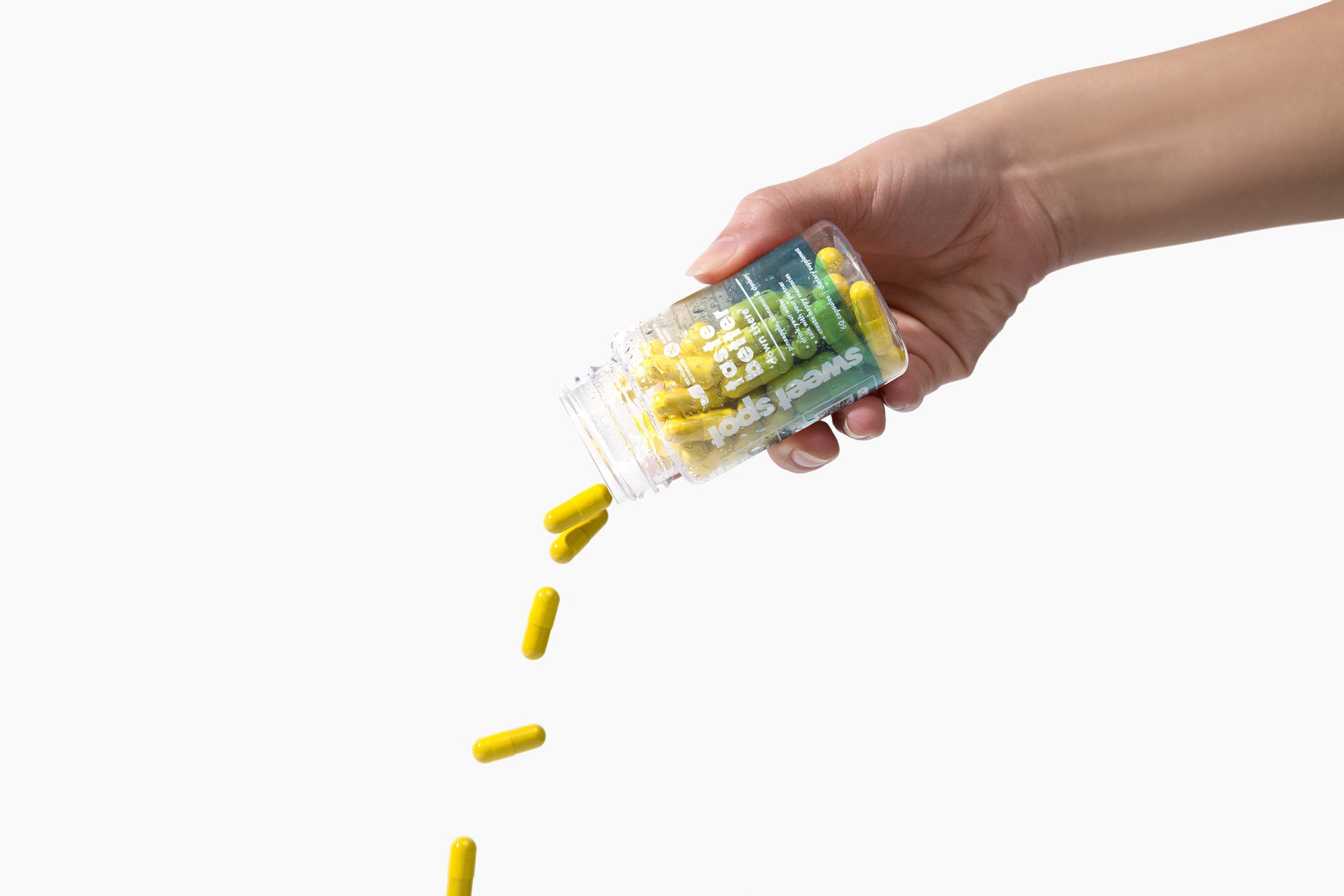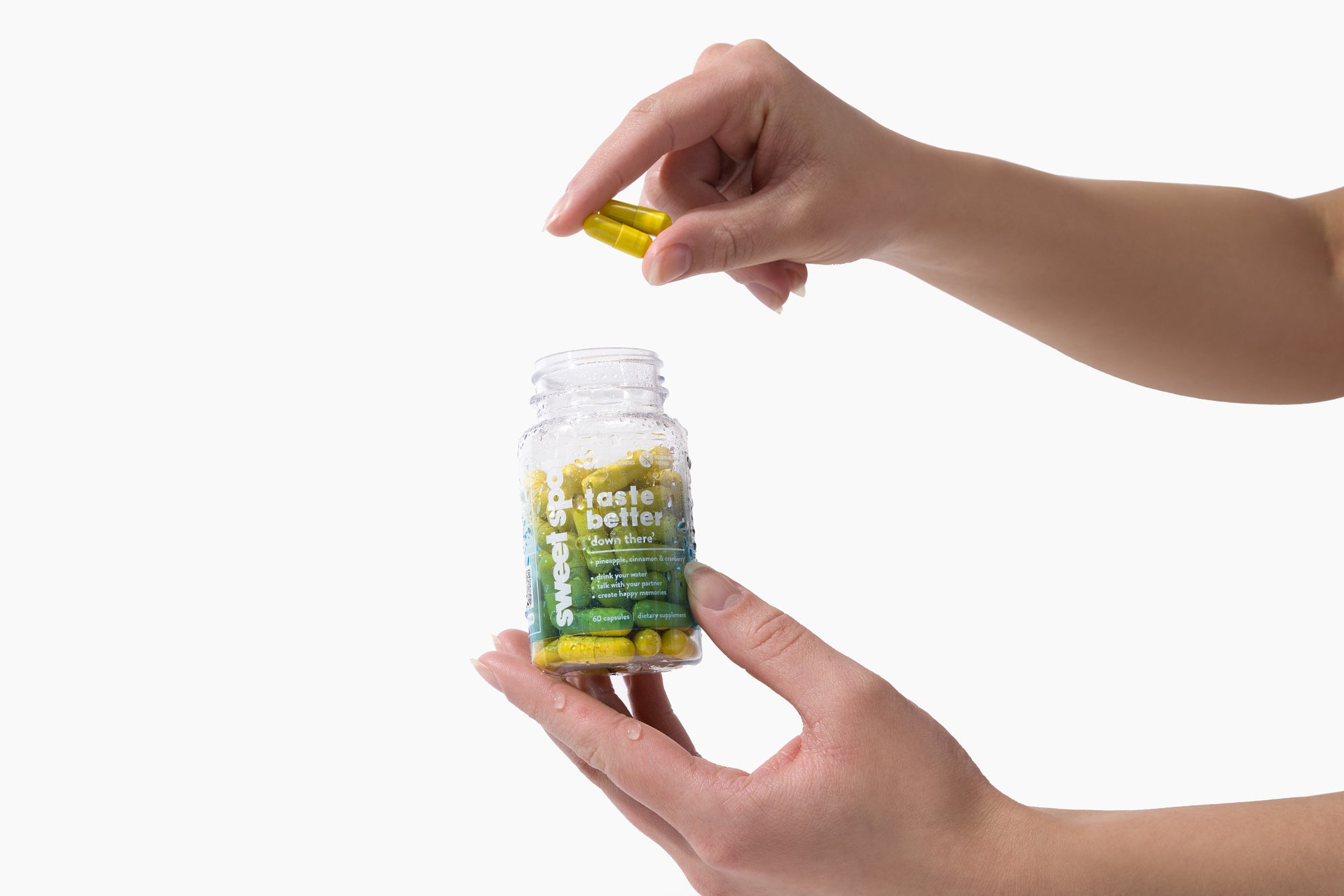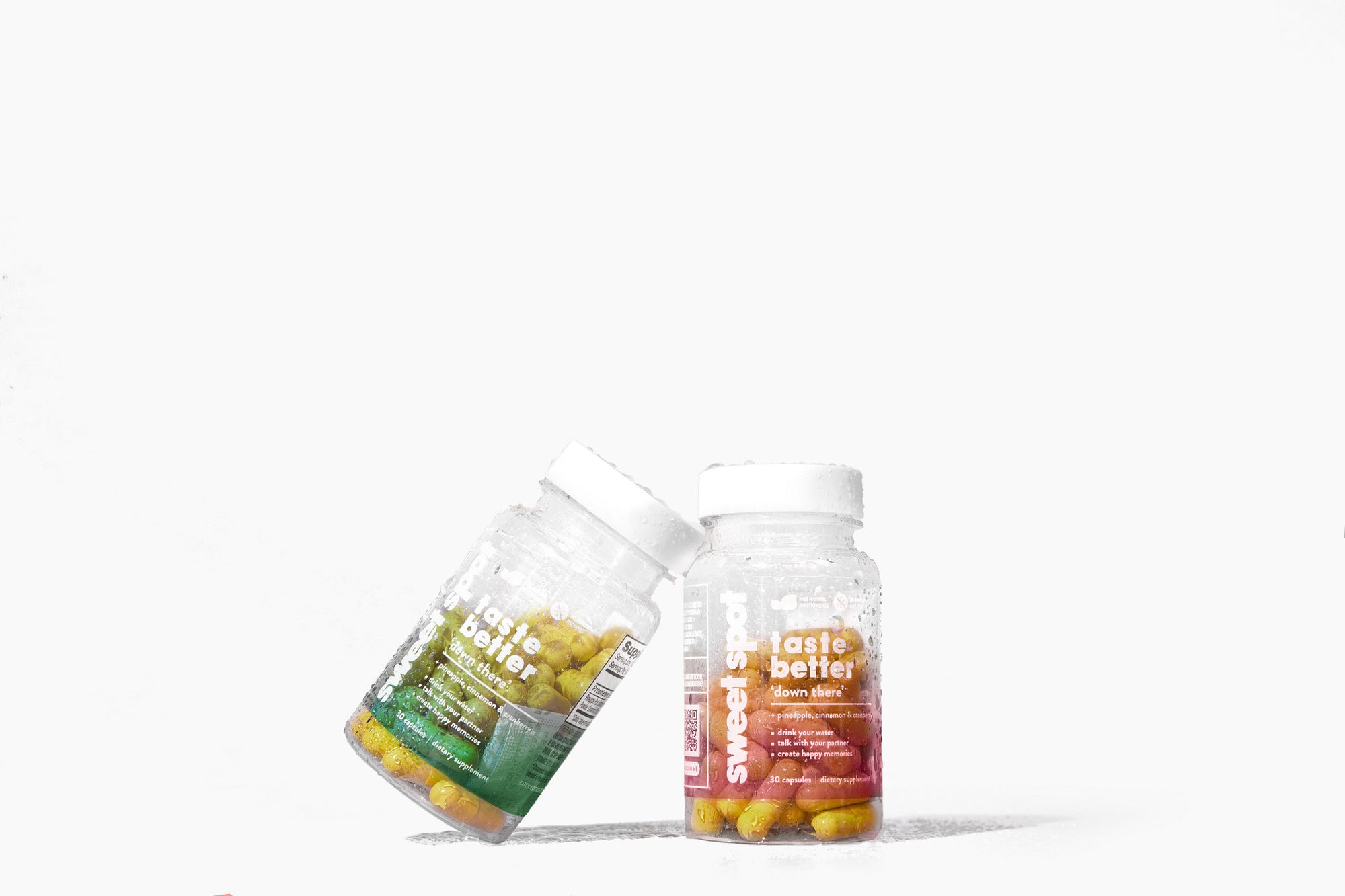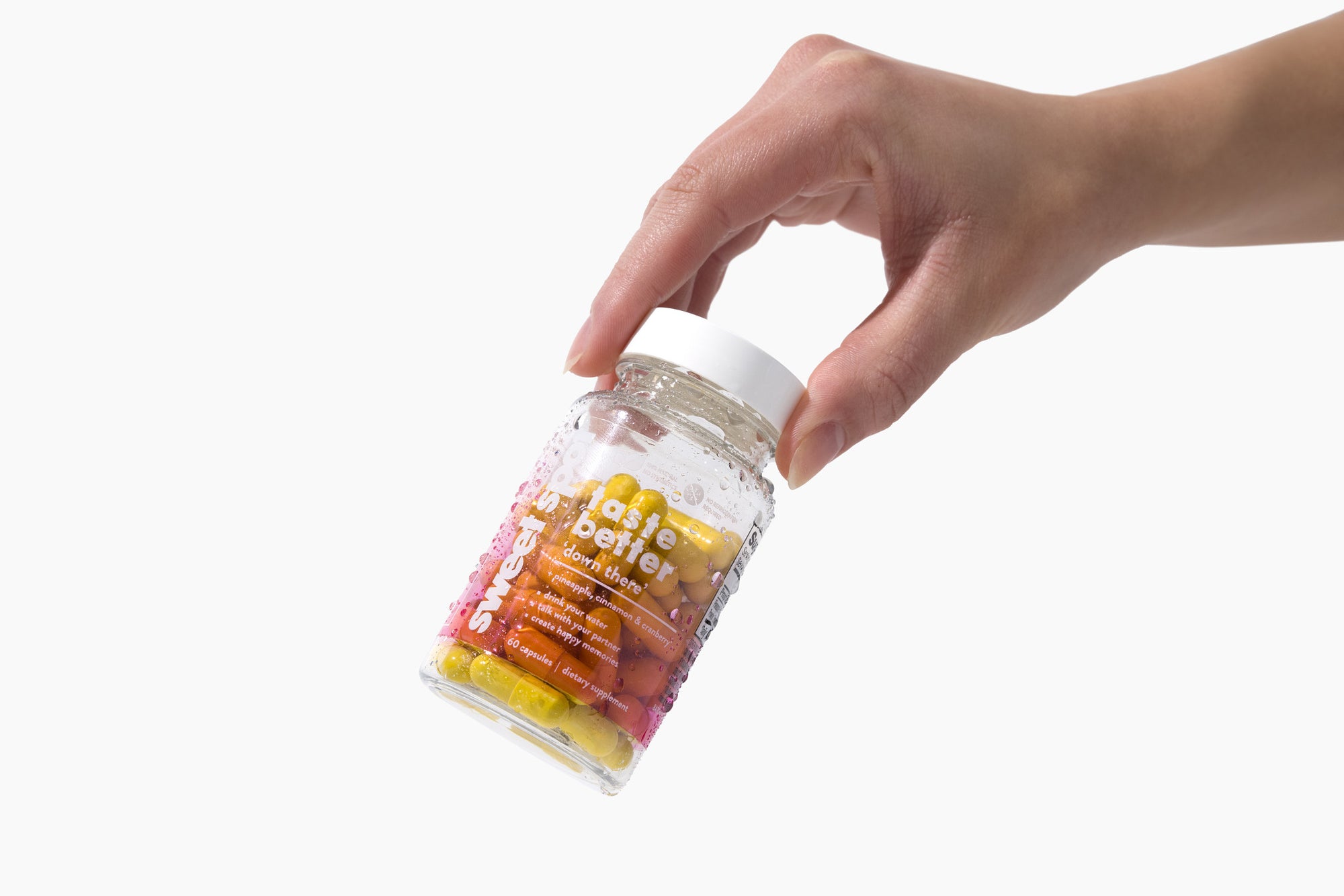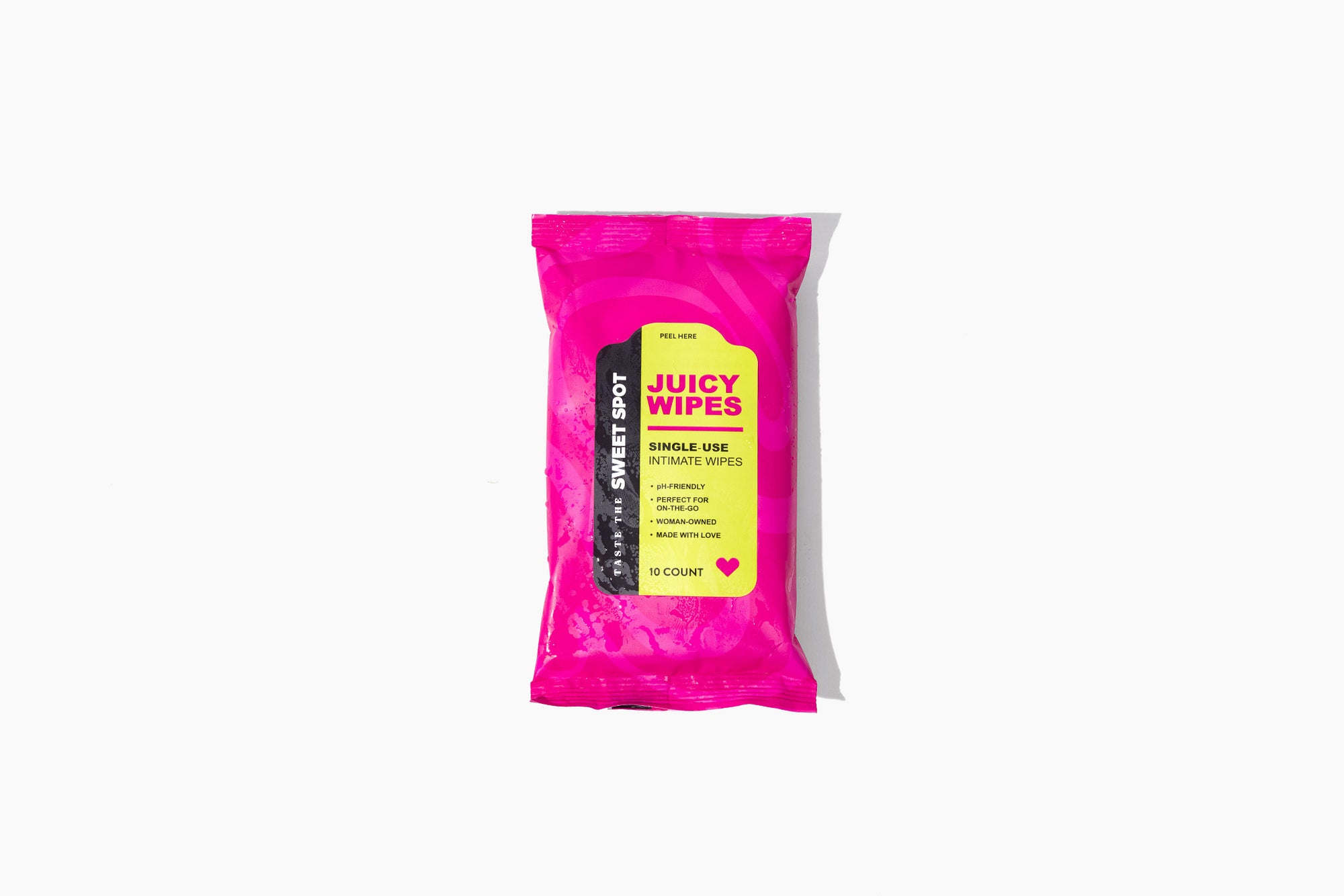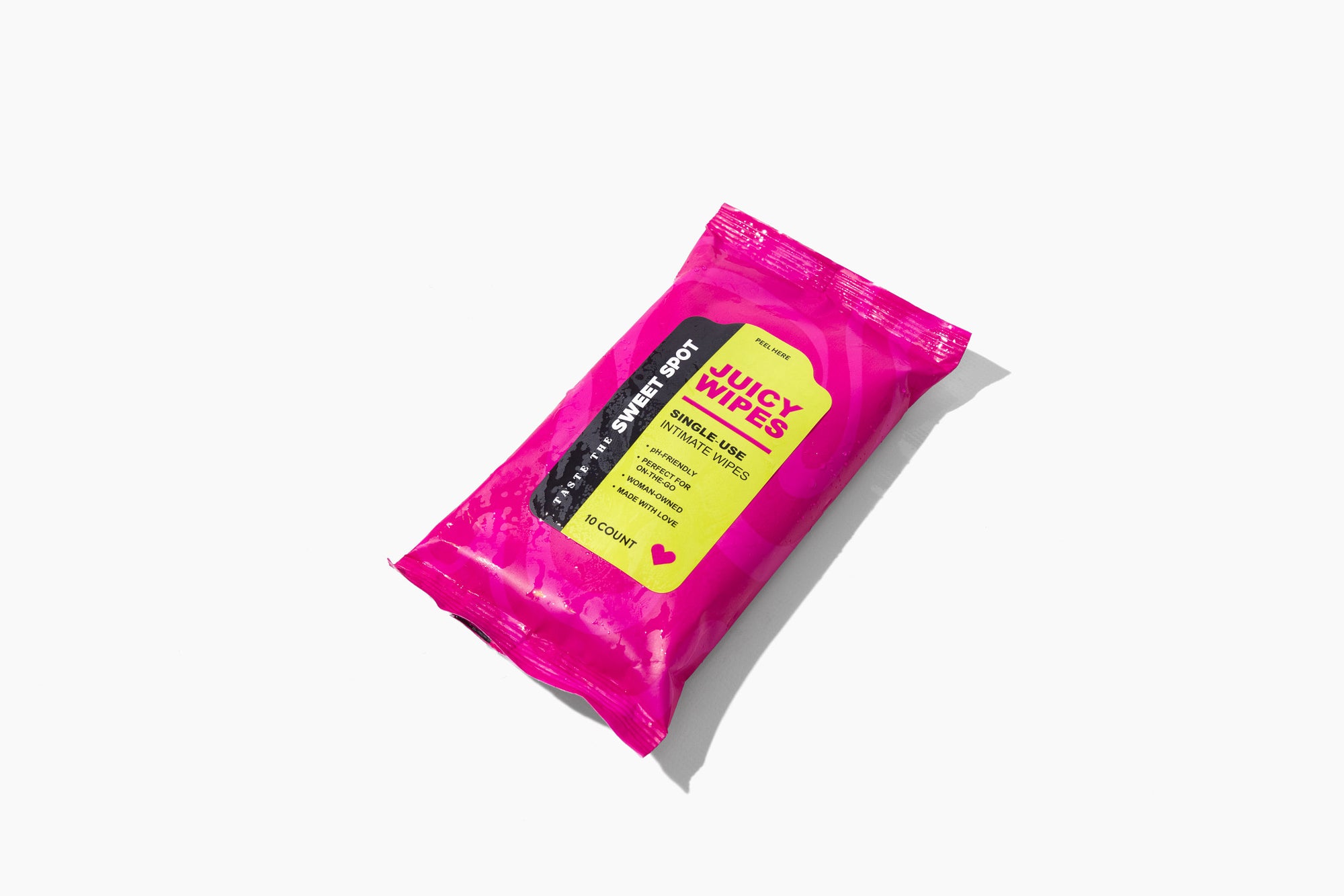

Cultivating Confidence: The Best Probiotics for a Balanced Vaginal Flora
A Quiet Imbalance That Speaks Volumes
Your vaginal health might not be something you talk about often—but when things feel “off,” your body has a way of making itself heard. Whether it's persistent odor, abnormal discharge, recurring yeast infections, or just a general sense of discomfort, the root issue is often the same: a disrupted vaginal flora.
Behind the scenes, your vaginal flora is a complex microbial community that—when balanced—works like a silent guardian. But when it’s disturbed by antibiotics, stress, hormones, or even diet, things can quickly spiral. That’s where probiotics step in—not just as a quick fix, but as a way to support long-term feminine wellness.
What Is Vaginal Flora, and Why Should You Care?
Your vaginal flora is composed of billions of microorganisms, the majority of which are Lactobacillus species. These beneficial bacteria keep harmful microbes in check by producing lactic acid, hydrogen peroxide, and other natural antimicrobials. They help maintain an ideal vaginal pH between 3.8 and 4.5—a crucial range that discourages infections and supports comfort.
When the balance tilts—due to external products, tight clothing, hormonal changes, or antibiotics—harmful bacteria and yeast (like Candida) find room to grow. The result? Unpleasant symptoms and recurring issues that never seem fully resolved.
That’s why replenishing and protecting your vaginal flora isn’t just a treatment—it’s a proactive strategy for lasting balance.
Probiotics That Actually Work: The Strains That Matter
Not every probiotic is designed to support vaginal health. Many are made for digestive support and won’t necessarily reach or affect the vaginal tract. What you need are clinically studied strains with proven benefits for the female microbiome:
-
Lactobacillus rhamnosus GR-1
Known for its ability to colonize the vaginal tract and reduce infections. It’s one of the most researched strains for feminine care. -
Lactobacillus reuteri RC-14
Works hand-in-hand with GR-1 to maintain pH balance and discourage harmful bacterial overgrowth. -
Lactobacillus crispatus
Strongly associated with a resilient and stable vaginal ecosystem. Studies show women with more L. crispatus are less likely to develop BV or UTIs. -
Lactobacillus acidophilus
A supportive strain found in both the gut and vaginal environment, helping maintain microbial diversity and prevent imbalance.
Together, these strains help rebuild your natural defense system—gently, effectively, and sustainably.
Telltale Signs Your Flora Needs Help
It’s easy to brush off certain symptoms, but your body is always sending signals. If you're dealing with any of the following, it's time to consider targeted probiotics:
-
Frequent yeast infections or BV
-
Foul or unusual odor that persists
-
Uncomfortable itching or dryness
-
Changes in discharge (texture, color, or quantity)
-
Discomfort after using antibiotics or hormonal birth control
The longer you wait, the harder it becomes to restore balance. Starting a vaginal-specific probiotic can help prevent future disruptions and support a healthier baseline.
How to Pick the Right Probiotic for Vaginal Flora
With shelves full of options, knowing what to look for is half the battle. Here’s how to make a smart, informed choice:
-
Strain Transparency
Look for supplements that clearly list strains like L. rhamnosus GR-1 or L. reuteri RC-14. Generic blends won’t guarantee the same results. -
High CFU Count
Aim for 10 to 20 billion CFUs per serving to ensure enough active cultures reach the body. -
Vaginal-Specific Formulas
Products labeled for “women’s health” or “vaginal support” often include strains designed to colonize the vaginal tract, not just the gut. -
Capsule Integrity
Choose probiotics with acid-resistant capsules so bacteria survive stomach acid and make it to the gut. -
Clean, Non-Irritating Ingredients
Say no to artificial additives, fillers, or unnecessary binders—especially for a product that supports intimate health.
What to Expect When You Start
Patience and consistency are key. While some women notice a reduction in odor or discomfort within a week, real microbiome changes take time.
-
Week 1: Odor control improves, irritation subsides
-
Weeks 2–4: Discharge becomes more consistent and healthy
-
Beyond 1 month: Fewer infections, more resilience, and a greater sense of ease
Consistency builds strength. Make it part of your daily routine, just like hydration or skincare.
Pairing Lifestyle with Probiotic Support
Supplements are powerful—but they’re even more effective when paired with conscious habits. Here’s how to boost your results:
-
Choose breathable, cotton underwear
Moisture-trapping fabrics invite imbalance. Let your flora breathe. -
Avoid douching or scented products
These can wipe out good bacteria and irritate your delicate pH. -
Eat prebiotic-rich foods
Garlic, onions, asparagus, and bananas feed your good bacteria. -
Stay hydrated and manage stress
Both play surprising roles in microbiome health.
Your Balance, Your Power
Caring for your vaginal flora is an act of self-respect. The right probiotic doesn't just restore physical comfort—it gives you the confidence to move through life with ease and energy.
Trust in science-backed strains. Trust your body’s signals. Most importantly, trust that consistent care—inside and out—leads to lasting, empowered wellness.



